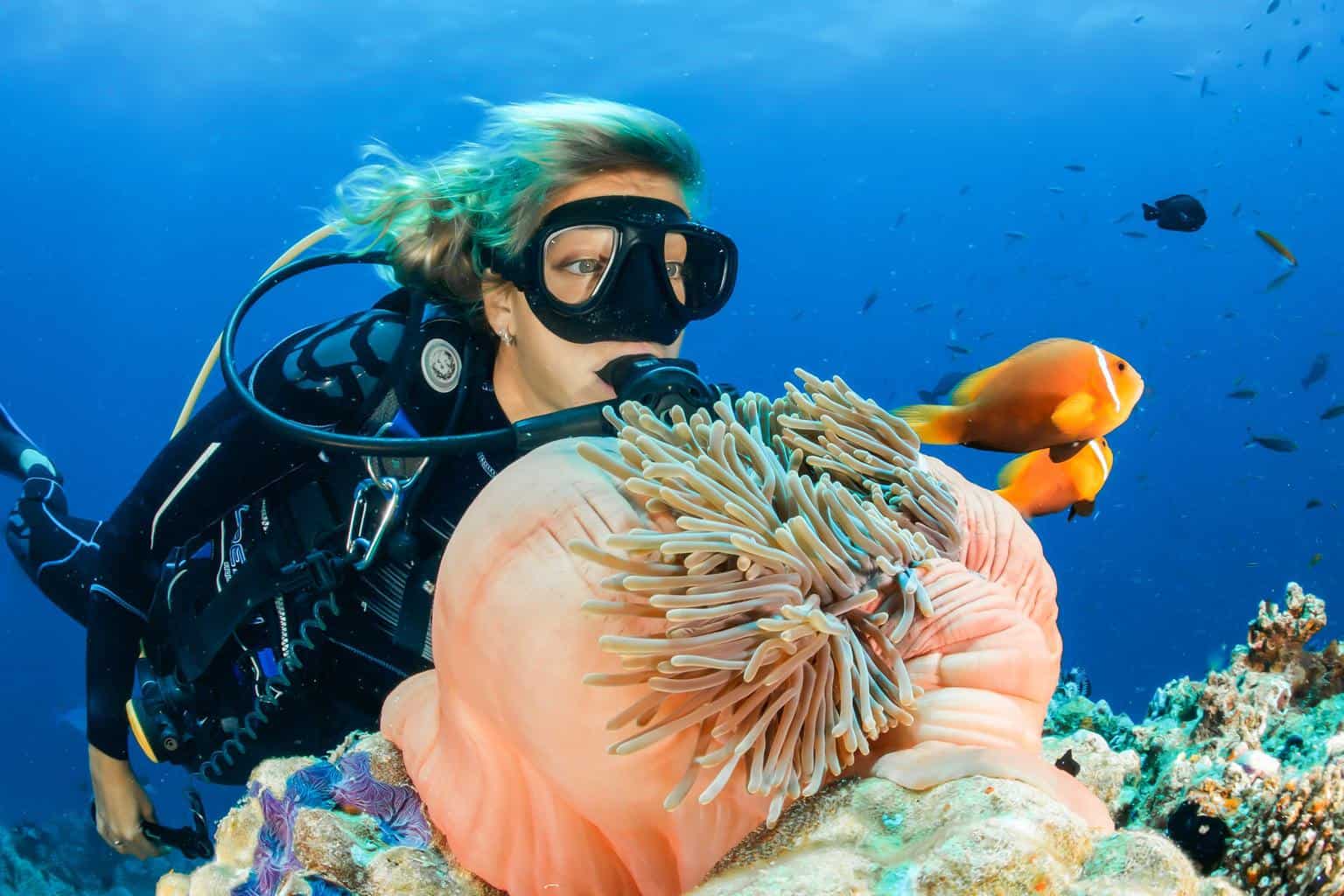If you’re not a strong swimmer, or indeed can’t swim at all, you might be wondering if that completely rules out scuba diving for you.
We can definitely say that you don’t need to beat Michael Phelps in the pool to be a successful scuba diver.
But to be a fully certified diver, you do need to swim competently and be comfortable in the water.
However, don’t panic because it’s possible to experience scuba diving with an instructor in full control without having to prove your swimming ability at all. So there is an opportunity for you.
So is swimming necessary for scuba diving?
Yes, to be a fully certified diver, but no, not to only give scuba a go!
This article will take a look at what swimming experience is needed to be fully certified and why.
We will then look at how, if you’re not a strong swimmer, you can still give scuba diving a go.
- Why do I Need to be Able to Swim for Scuba Diving?
- How Well do I Need to be Able to Swim to Become a Fully Certified Scuba Diver?
- What Are the Requirements for Just Having a Try at Scuba Diving?
- Are There Any Certification Options for Me While I Improve my Swimming?
- Conclusion
- You Might Also Like…
Disclosure: this post contains affiliate links (clearly marked with ), which means we may earn a commission if you buy something through them, at no additional cost to you.
Why do I Need to be Able to Swim for Scuba Diving?
You might be asking why you need to swim to scuba dive at all.
Indeed swimming is the art of staying on the surface while diving is staying underneath it.
Scuba diving, or we could even call it swimming underwater, shares many of the skills, confidences, and movements exhibited by a competent swimmer.
To safely and enjoyably scuba dive with a buddy, you need to be generally comfortable being in and around the water and meet basic swimming requirements.
Water confidence is especially useful when first learning to dive.
The more comfortable you are with being in the water, the easier you’ll find the diving lessons.
As a qualified diver, you need to swim at the surface before and after the dive.
There might be surface currents you need to swim against to get back to the boat.
Or it might be choppy with waves to cope with as you come back to shore.
There are also many less obvious practical reasons why a certified diver should be able to swim.
Imagine loading diving equipment onto a boat at the harbor, or even just walking along a hotel pontoon to jump into the water for a dive.
Without being able to swim comfortably, these activities could be unacceptably dangerous if even a simple accident should occur.
Even just having your favorite hat blow off in between dives on the boat could be a major drag if you can’t jump in and fetch it!
The Buddy System is a vital part of keeping diving safe. If one part of the buddy team can’t swim or isn’t comfortable, there would be a significantly increased risk of an accident.
The non-swimmer might not be able to assist in the event of an emergency or may get themselves into difficulties or panic that the other team member has to solve.
They may be comfortable and safe for themselves but not qualified or able to assist a panicking or otherwise troubled diver, causing further problems and possibly both divers to get into difficulties.
So to be a fully certified diver and be safe, some swimming and in-water prowess is needed.
How Well do I Need to be Able to Swim to Become a Fully Certified Scuba Diver?
Entry-level diving certification courses such as the PADI Open Water Diver, SSI Open Water Diver, SDI Open Water Diver, or NAUI Scuba Diver all have very similar requirements for demonstrating your level of comfort in the water and swimming ability.
If someone is going to meet the level to be a certified diver, that as a minimum, allows them to dive with a dive buddy unsupervised, what’s needed?
1. In-Water Comfort Test
To demonstrate water comfort, you need to float at the surface with your face out of the water for 10 minutes.
Some people call this the water survival test, and you will do it in water that’s too deep to stand up.
This test will generally be done quite early in the course to ensure that you have relative confidence in deep water before moving onto anything more complicated.
You can do this test by treading water or just floating on your back. Whatever is comfortable for you.
2. Swimming Test
The swim test requires you to swim 200m / yards, but it’s not a race.
There isn’t a time limit for the swim, and you can use any stroke you like for it.
You just need to swim continuously and comfortably to pass.
3. Surface Snorkeling Skills
You’ll also practice some snorkeling skills while swimming at the surface.
These skills are used to teach some necessary airway control (keeping the air going in and out but making sure that no water comes with it), and also to start learning how to swim at the surface with a mask and fins before moving on to do it while wearing the scuba kit.
What Are the Requirements for Just Having a Try at Scuba Diving?
If you can’t swim, or even if you’re just a bit nervous about learning to dive, then the scuba diving agencies have designed something perfect for you without the swim test requirement.
The introductory “Scuba Discovery” by SDI, “Discover Scuba Diving” by PADI, “Basic Diver” by SSI, “Try Scuba” by NAUI, or similar experience programs are the ideal places to start.
These beginner experiences allow you to have a go at diving under the close control of an instructor.
Because of the instructor’s close direct supervision and the strictly limited number of other students, the requirements are less than for the full diving courses.
For example, PADI state the following for their Discover Scuba Diving:
“You must be at least 10 years old. No prior experience with scuba diving is necessary, but you need to be in reasonable physical health.”
These introductory dives start in a swimming pool or a sheltered sea location like a quiet lagoon.
They always begin first in water that you can stand in, and you’re assisted along the way to make sure that you’re comfortable.
Depending on the location and dive center, and your comfort and confidence, you’ll also get the chance for a proper open water dive with the instructor.
However, it is essential to realize that these try-dives do not make you a certified diver. You can only dive again in the future under the direct control of an instructor.
Even though it is possible to participate in these programs without swimming, we would highly recommend that you try and build some water confidence beforehand to get the most out of it.
Even trying out a scuba mask standing in a pool if you haven’t used one before to get used to how it feels can make a big difference to calm your nerves.
Are There Any Certification Options for Me While I Improve my Swimming?
Ok, so let’s say that you are quite comfortable in the water and want to start learning to scuba dive properly, but know that your swimming is a bit weak.
Is there something for you to do while you work on it?
Yes! There is a kind of “halfway” certification that you can take, which can then be upgraded later, which doesn’t have the swimming test requirement.
As one example, the PADI Scuba Diver certification only has the requirement for a 10-minute float.
The instructor will teach you the other skills that you need to be safe at this level as part of the course.
“Scuba Diver” certified divers have the limitation that they must dive with a PADI professional supervising their dives at all times and have a maximum depth limitation of 12m rather than 18m for full Open Water Divers.
PADI says that “Completing the PADI Scuba Diver course is a bit like obtaining a learner’s permit when learning to drive.”
Later, an instructor can upgrade this certification to the full Open Water Diver by having the student meet the additional course requirements, including completing the 200m swim test.
Conclusion
The most crucial aspect of scuba diving is safety and, after that, having fun.
Both of these points are involved in why swimming is necessary to become a fully certified scuba diver.
To gain full certification, you will need to swim and be comfortable in the water to a reasonable level.
It’s possible to carry out the “discovery” type introductory dives without being a swimmer.
Still, we would encourage you to have at least some level of comfort and experience in the water, even if basic, so that you get the most out of it.
You don’t want to be so worried about the water that you miss finding Finding Nemo!
You Might Also Like…
-

How Do Scuba Divers Drink Water? 5 Possible Ways (+7 Tips)
-

How Long Can Scuba Divers Stay Underwater? (+9 Limiting Factors)
-

Are Scuba Divers Athletes? All the Facts (+New Competitive Forms)
-

Are Sharks Scared of Scuba Divers? (What Every Diver Must Know)
-

Who Should Not Scuba Dive? 17 Reasons (Every Diver Should Know)
-
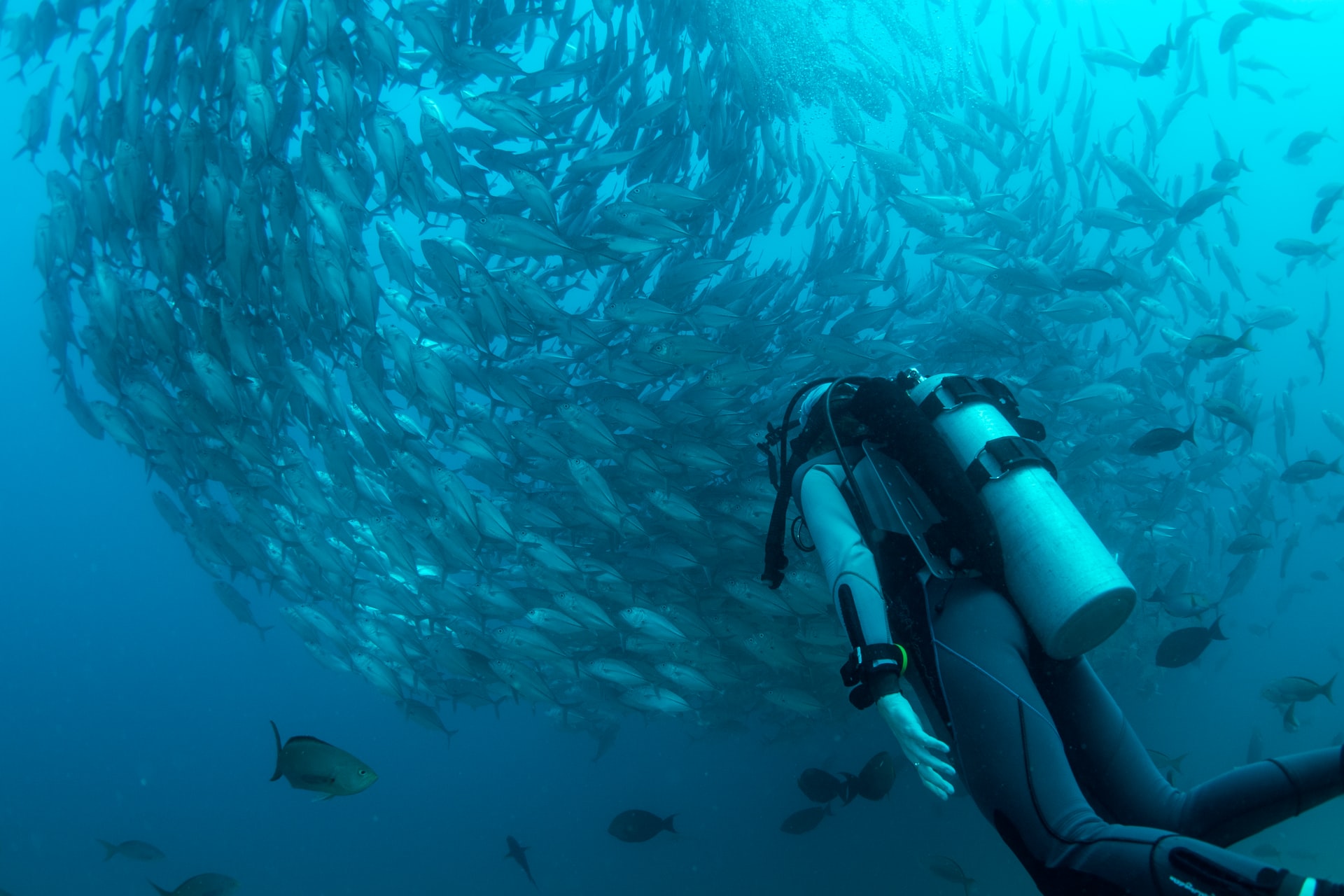
Should I Be Scared of Scuba Diving? 8 Common Fears (Debunked)
-

Why Do Scuba Divers Use More Air at Depth? (+4 Practical Tips)
-
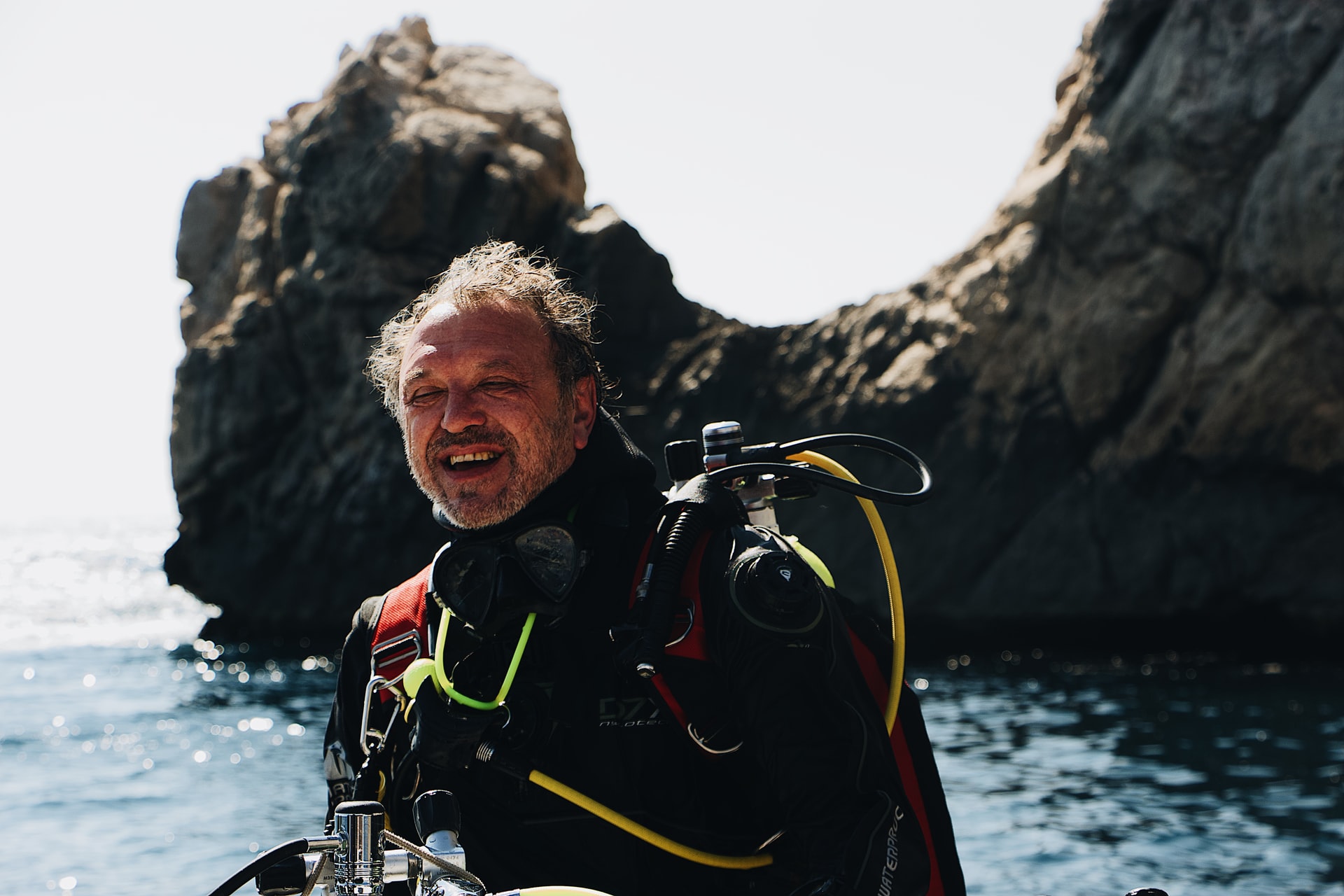
At What Age Should You Stop Scuba Diving? (+9 Tips for Older Divers)
-
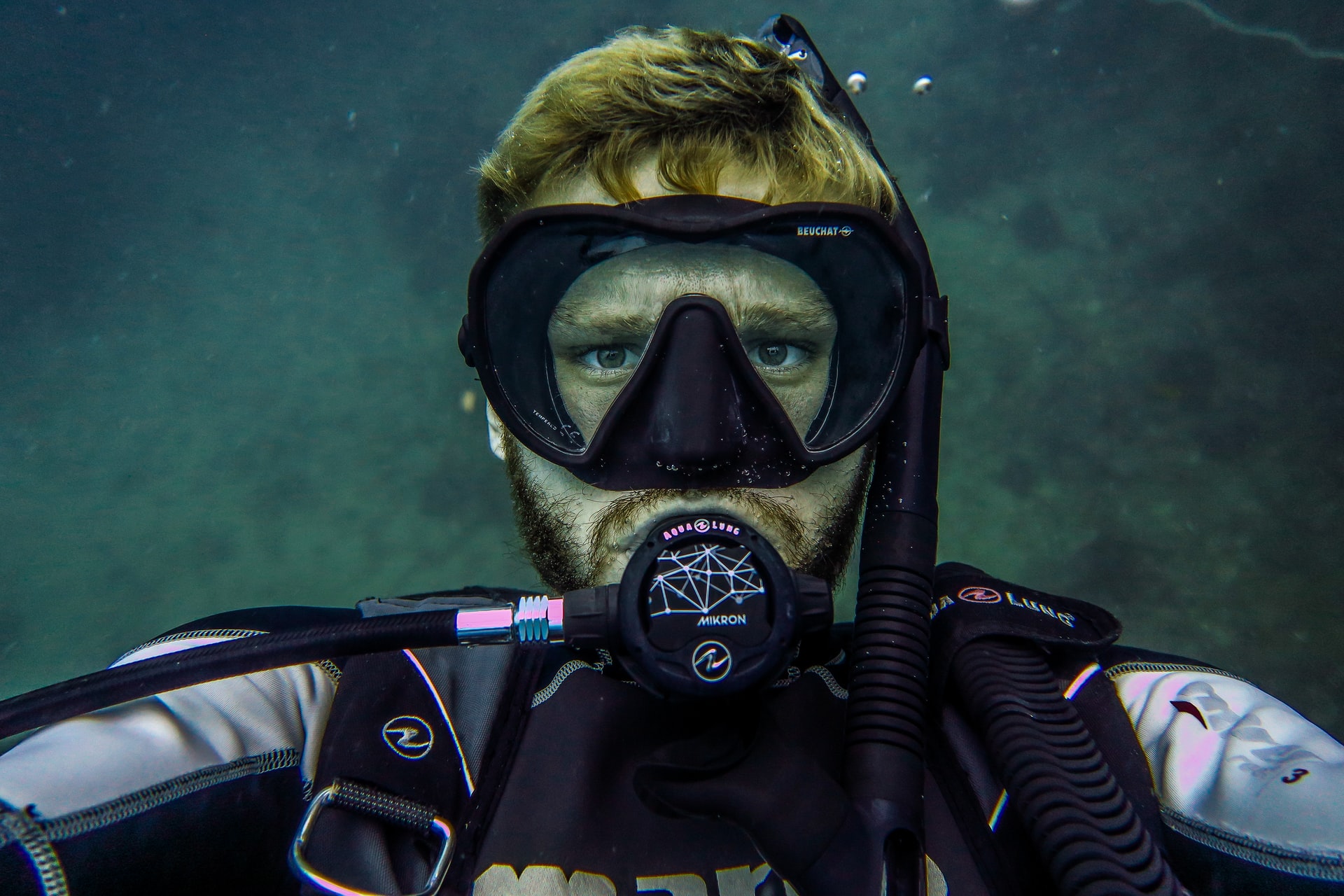
Should I Shave Before Scuba Diving? Crucial Facts (+9 Helpful Tips)
-

Why Do Scuba Divers Use Helium? (+Its Pros & Cons)
-
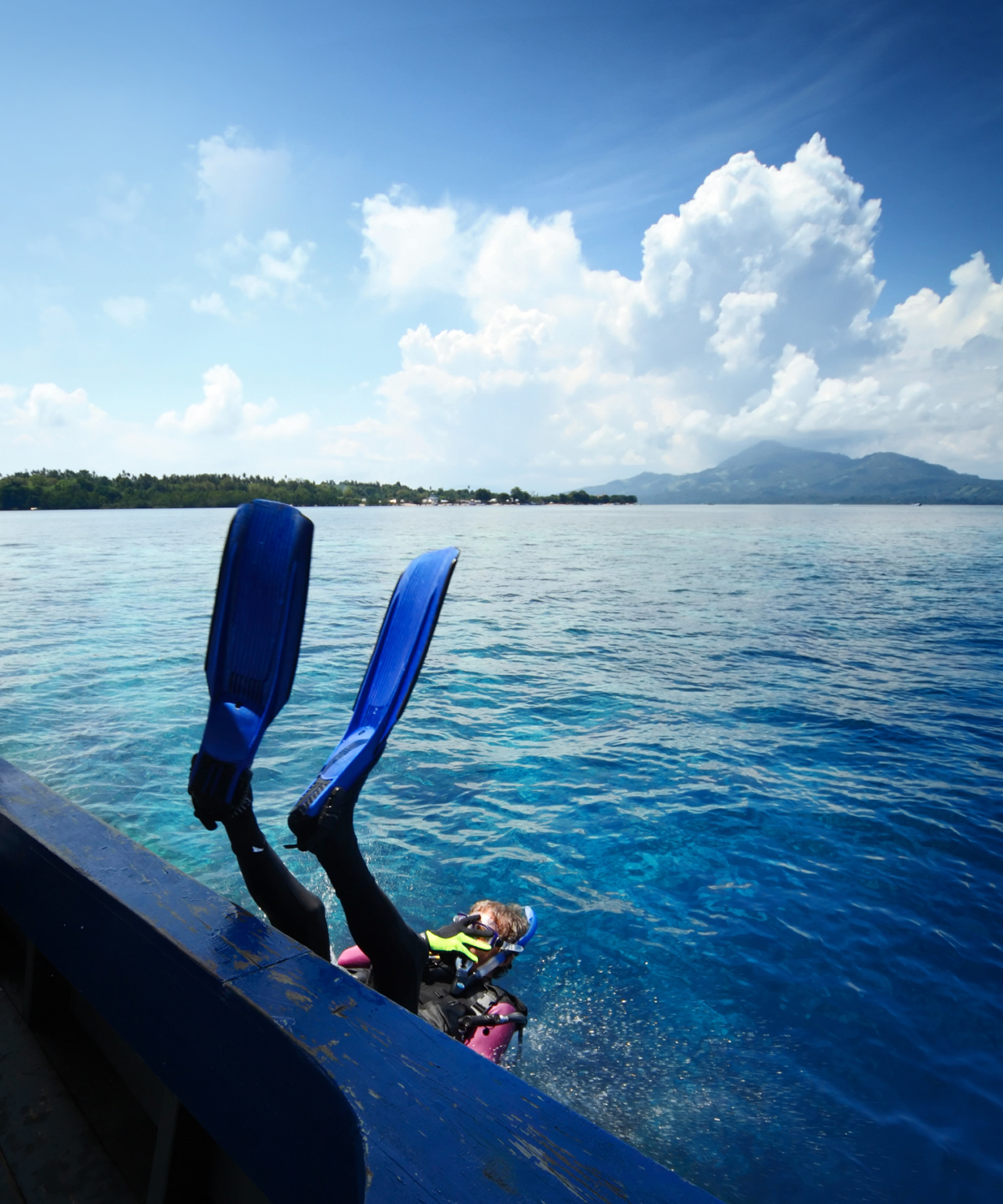
Why Do Scuba Divers Go in Backwards? (+3 Alternative Entries)
-

How Do Scuba Divers Sink and Float? (+Tips to Get It Right)

